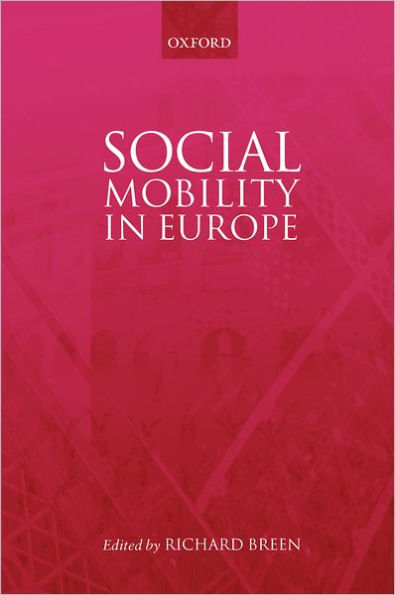5
1
9780199258451


Social Mobility in Europe available in Hardcover

Social Mobility in Europe
- ISBN-10:
- 0199258457
- ISBN-13:
- 9780199258451
- Pub. Date:
- 02/10/2005
- Publisher:
- Oxford University Press
- ISBN-10:
- 0199258457
- ISBN-13:
- 9780199258451
- Pub. Date:
- 02/10/2005
- Publisher:
- Oxford University Press
310.0
In Stock

Product Details
| ISBN-13: | 9780199258451 |
|---|---|
| Publisher: | Oxford University Press |
| Publication date: | 02/10/2005 |
| Pages: | 468 |
| Product dimensions: | 9.20(w) x 6.30(h) x 1.30(d) |
About the Author
From the B&N Reads Blog
